13 Yeast Substitutes for Bread and More
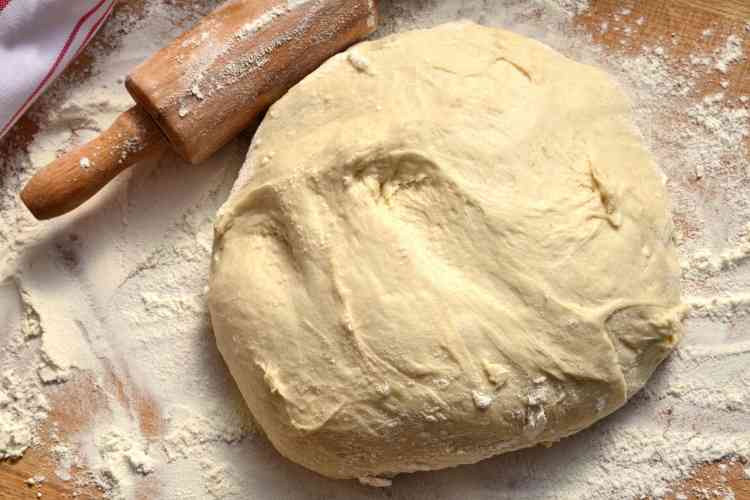
Yeast is an essential ingredient in many foods, such as baked goods and even beverages like beer, but is there a yeast substitute if the ingredient isn’t available? Bread, pizza dough and many other foods require yeast to help raise the dough.
However, you may not have yeast in your pantry, the yeast you have may no longer be active or you may be allergic to the ingredients. There are also different kinds of yeast and knowing which your recipe calls for will determine what kind of yeast substitute you can use.
Understanding how yeast functions in your recipe is essential, so you may want to do a little research before selecting a yeast substitute. In this guide, we’ll share a few substitutes and what kind of recipes they will work in.
Jump to Section
What Is Yeast?
Yeast is a single-cell organism that converts sugar and starch into carbon dioxide and alcohol through a fermentation process. Yeast needs food, warmth and moisture for the fermentation process.
The carbon dioxide that yeast produces is what makes bread and other baked goods rise. There are over 500 species of yeast, but most bread recipes call for specific kinds. Certain breads may require different types of yeast. So, what you use for rosemary focaccia may be different than what a butter roll recipe calls for.
Common forms of yeast include active dry yeast, instant yeast, fresh yeast and compressed yeast. Each kind can be used in different recipes and with different cooking methods. Notably, each kind of yeast functions a little differently. Many bread recipes will call for active dry yeast. However, you can use instant yeast in some recipes, particularly if you’re using bread making tools like a bread machine.
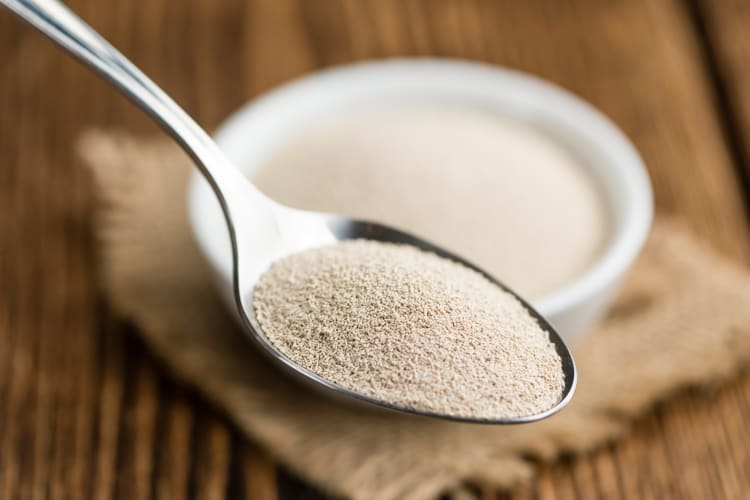
Purpose of Yeast in Cooking
Yeast helps baked goods rise and adds flavor to the bread. The bread dough traps gas from the yeast, which causes the dough to expand. The fermentation process adds flavor to the bread.
In other baked goods and foods, yeast has similar functions; the ingredient can help with carbonation, flavor and rise, or a combination of the three. To learn more about using yeast in your recipes, try cooking classes near you or online cooking classes that specialize in bread-making and other yeasted dough recipes.
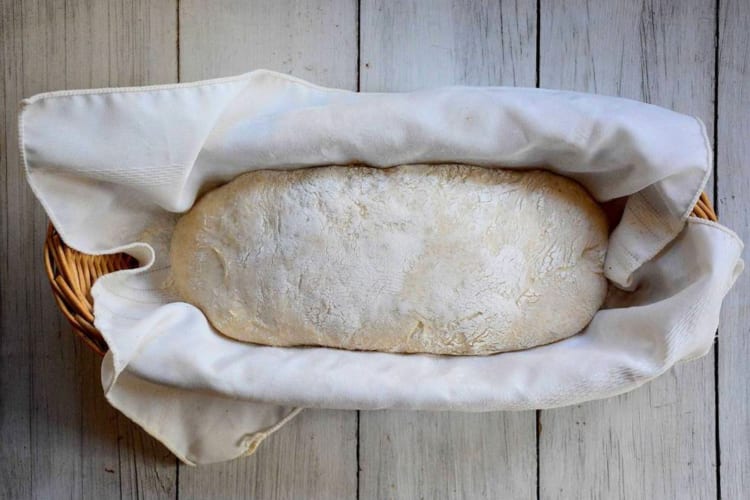
13 Yeast Substitutes
1. Sourdough Starter
If you’re looking for a yeast substitute for bread, a sourdough starter is one of the best options. Sourdough starter already has yeast and the yeast has to remain active. You do have to be cautious because using a sourdough starter can change the flavor of the bread you’re making.
It’s also not the most readily available since you already need a starter. It generally takes one week to 10 days from mixing a sourdough starter to it being ready for use in baking.
One cup of sourdough starter equals about three and a half ounces of liquid and flour. You’ll have to subtract three and a half ounces of those ingredients from your recipe when using the sourdough starter as a yeast substitute. To get optimal results use Dutch ovens for bread that's made with a sourdough starter.
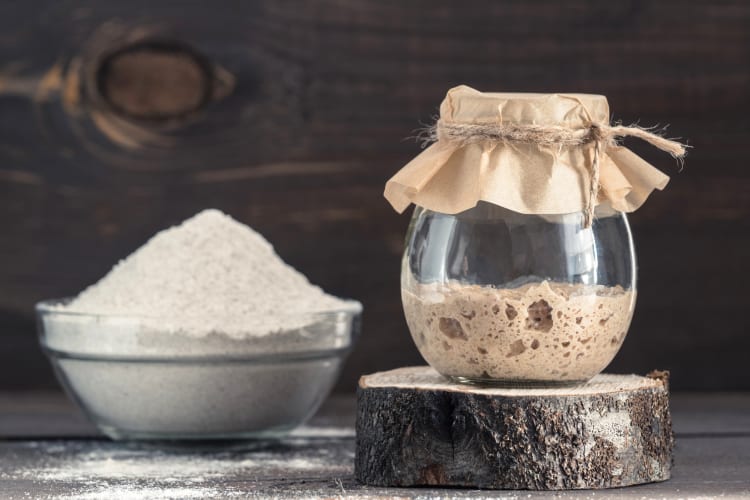
2. Eggs
When eggs are baking, steam is created, which causes baked goods to rise. Eggs also have protein in them that helps breads and baked goods to rise. When using eggs as a yeast substitute, whip the whole eggs or egg whites to help the proteins to expand. For a vegan substitute, you can use aquafaba, adding one-eighth of a teaspoon of cream of tartar for every tablespoon of aquafaba.
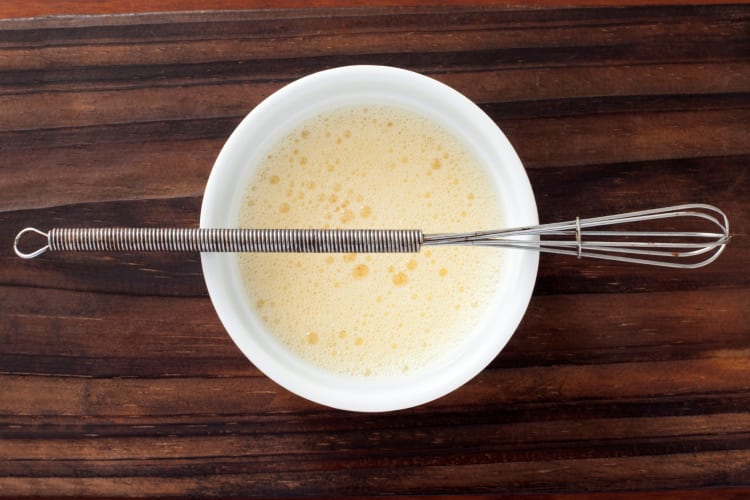
3. Self-Rising Flour
Self-rising flour is a staple in most bakers’ pantries. It's simply flour mixed with baking powder and salt, so it’s a self-leavening ingredient and a good dry yeast substitute. This ingredient makes bread light and fluffy, but it’s best used for batter-based breads rather than ones that have to be kneaded. You can also make your own self-rising flour by adding one and a half teaspoons of baking powder and a quarter to half a teaspoon of salt for every cup of flour.
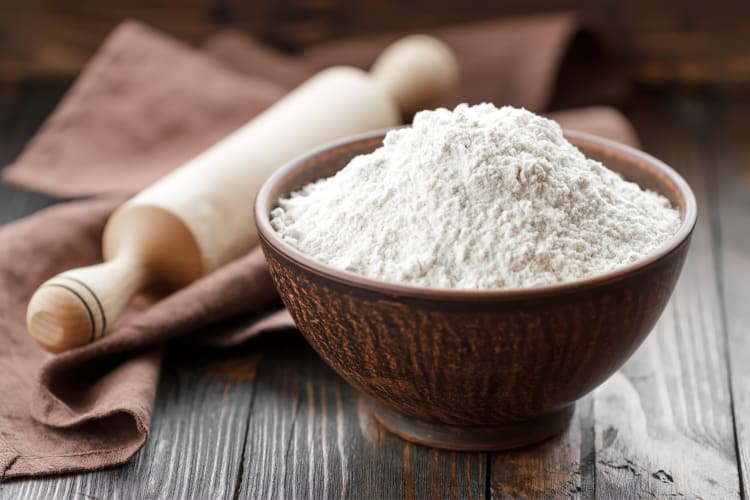
4. Baking Powder
Baking powder is a chemical leavener, which means it helps the bread expand through a chemical reaction. This ingredient is made from baking soda, an acid and cream of tartar or monocalcium phosphate. You can use baking powder in batter-based bread recipes, but it’s not recommended for breads that need to be kneaded. Use one teaspoon of baking powder for every cup of white flour in your recipe.

5. Cream of Tartar
Cream of tartar is potassium bitartrate or potassium hydrogen tartrate. Mix half a teaspoon of cream of tartar and half a teaspoon of baking soda to use as a dry yeast substitute. This replaces a teaspoon of yeast in your recipe. A cream of tartar mixture is a good option for batters and quick breads, but won't work for kneaded bread.
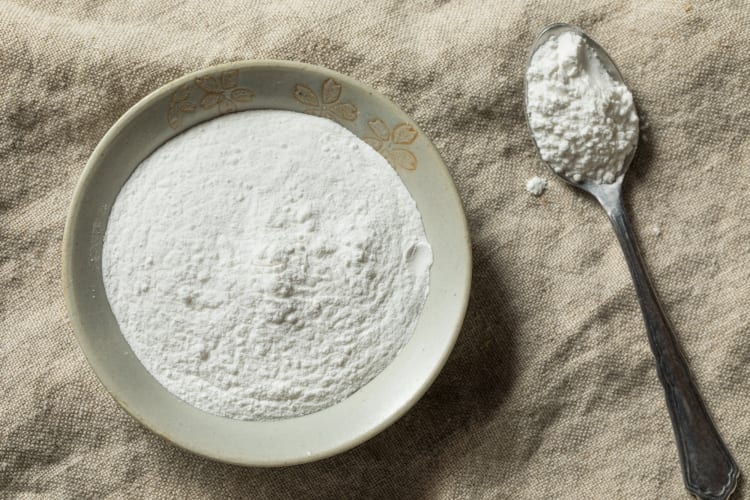
6. Buttermilk
Mix buttermilk with baking soda, and you have a great yeast substitute. The buttermilk mixture is a good yeast substitute for bread if you want to make it gluten-free. The high acid content stops gluten from forming. Because it’s a liquid yeast substitute, you have to adjust the rest of the liquids in your recipe. Use half a teaspoon of buttermilk and half a teaspoon of baking soda to substitute a teaspoon of yeast.
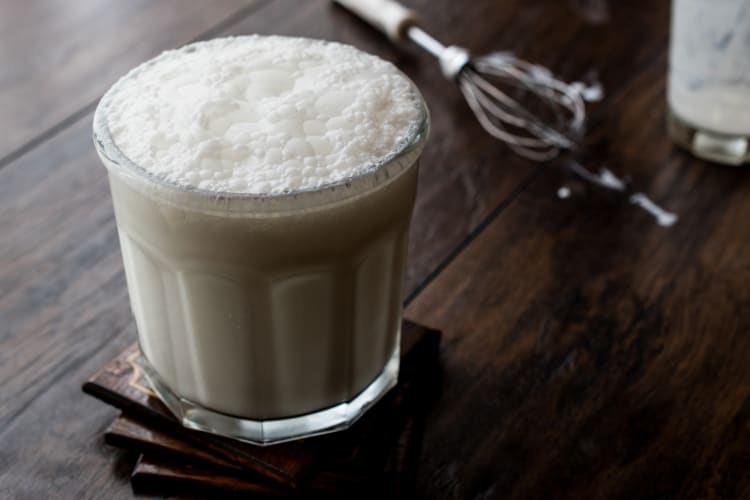
7. Baking Soda and an Acid
Baking soda can act as a leavener when an acid is added. You can use vinegar, lemon juice or yogurt as the acid mixed with baking soda. This mixture, however, needs to be used immediately as it loses efficacy the longer it sits. Because of this, you should add the acids towards the end of the mixing process. For every cup of flour, use a quarter teaspoon of baking soda and one tablespoon of the acid.
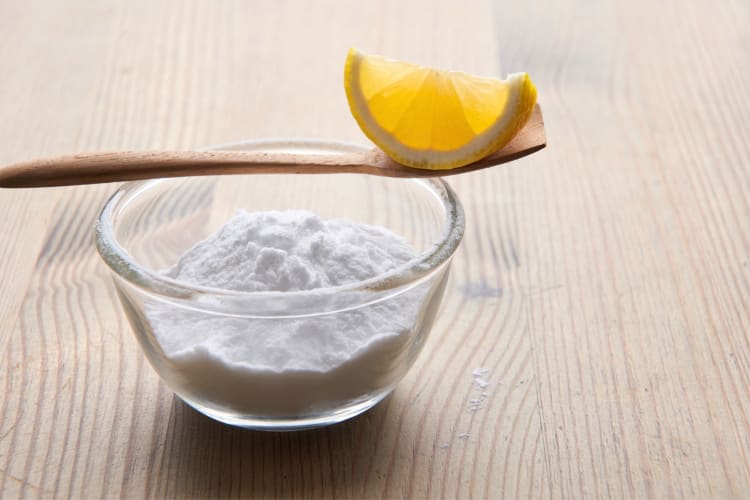
8. Rice Bran
Rice bran and rice bran oil are good options for a yeast substitute. Because rice bran is used for the fermentation process, it can enhance the aeration of dough. Best of all, it doesn’t add any taste to the finished baked goods. Do note that rice bran won’t give baked goods as much as a rise as some of the other options on this yeast substitute list. It’s often used in place of yeast in the alcohol fermentation process, making it a good option for home brewers.
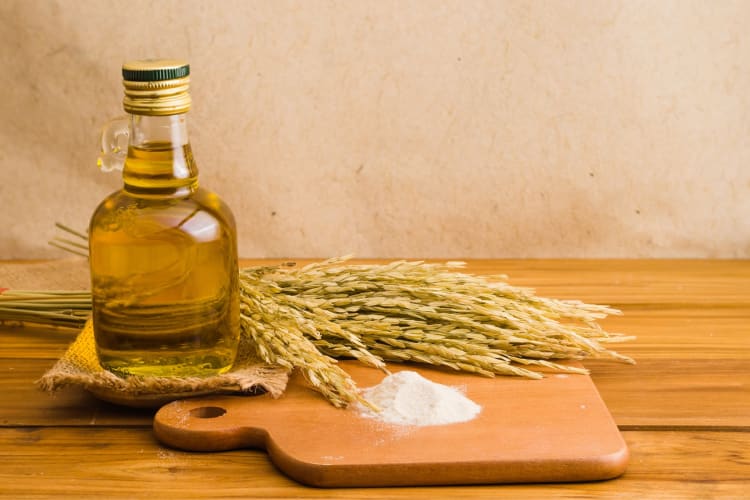
9. Greek Yogurt
Greek yogurt has a high acid content, which allows it to be a yeast substitute in bread. Mix half a cup of Greek yogurt with a quarter teaspoon of baking soda to replace a teaspoon of yeast your recipe calls for. You may also have to reduce the other liquids in your recipe to maintain a balance.
It’s important to note that Greek yogurt can make your baked goods more tangy in a similar way to a sourdough starter. You also won’t want to use this with bread recipes that have to be kneaded.
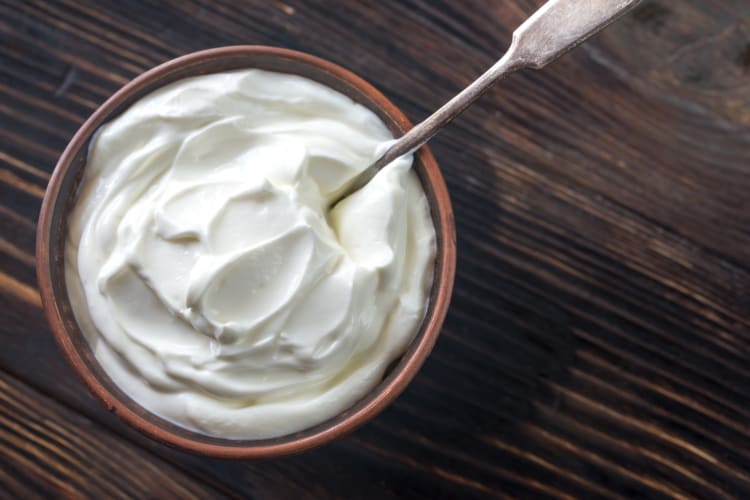
10. Beer
Baker’s yeast and brewer’s yeast are both a species of yeast called Saccharomyces cerevisiae. And since beer has yeast and is made through fermentation, it’s an option for a yeast substitute. However, when using beer in your baking, it’s the carbonation that acts as a leavening agent. Be cautious that baked goods may take on the flavor of the beer you use, so be aware of the flavor notes. To use beer as a yeast substitute, opt for fresh beer at room temperature.

11. Baking Soda, Milk and Vinegar
Vinegar, milk and baking soda mixed together helps the bread rise. Use one teaspoon of baking soda, half a teaspoon of vinegar and half a teaspoon of milk to replace two teaspoons of yeast. Lighter batters may have a slightly different texture, but you will still get a rise from the dough.
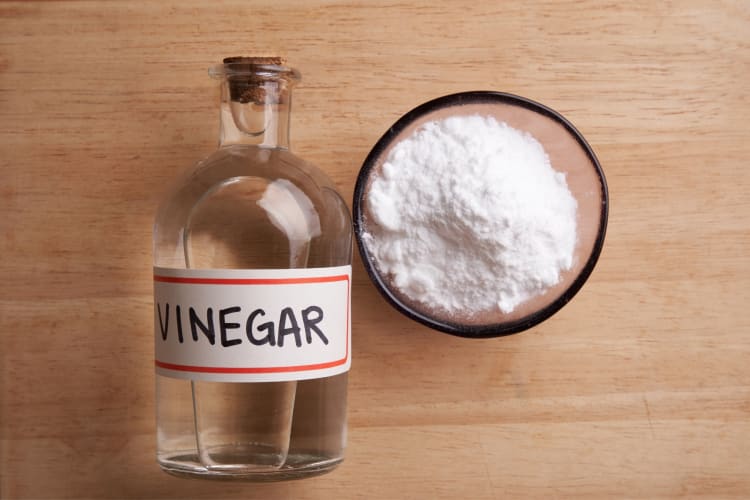
12. Steam
Steam is a physical leavener, which works by increasing the volume of the dough as air or liquid evaporates. Lighter pastries rely on steam more than others, but you can use steam in batter-based breads by whipping in air bubbles. Steam leaves air pockets in the bread after rising, creating an airy texture. Because using steam can be tricky, it’s best to use this yeast substitute with a recipe that already features this process.
You can also add steam to the oven by spritzing water into the oven when hot or adding a tray of water below the shelf with your bread. This can help your rising agent work a bit better and should create a good crust on your bread.
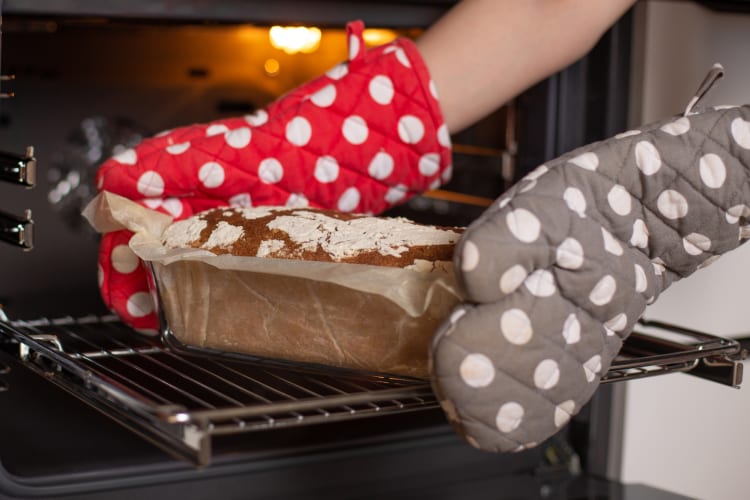
13. DIY Yeast
If you have the time, you can make your own yeast to act as a substitute for store-bought yeast. While it may not help you if you’re short on time, it’s a fun project to make bread completely from scratch.
While many opt for a flour and water-based sourdough starter when making yeast at home, you can also use raisins! To do this, you’ll need to add about one and a quarter cups of filtered spring water to a glass jar. To that, add a tablespoon of sugar and half a cup of raisins. Cover with a coffee filter and leave for approximately one week.
The yeast will be ready once you’ve strained the water and removed the raisins, and added one and a quarter teaspoons of sugar and one cup of flour. Leave the DIY yeast mix in a warm place for another day and then store it in the refrigerator until you need it. As with sourdough, you’ll have to “feed” your DIY yeast if you want to keep it alive to use in future bakes.
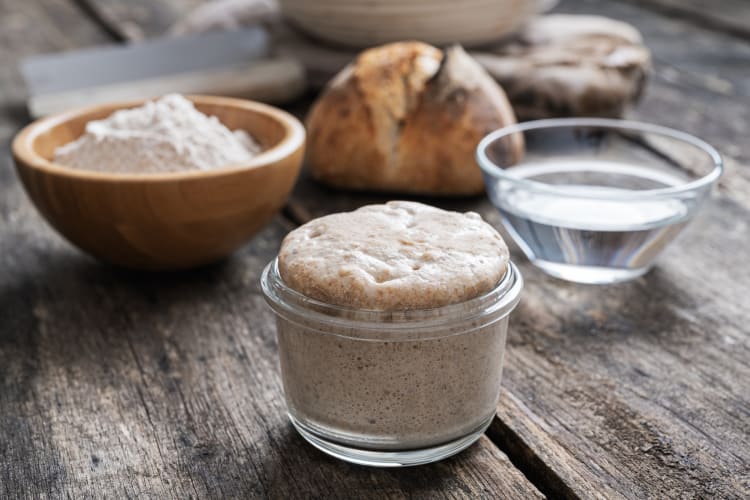
Making your own bread or other yeasted dough bake can be a fun culinary adventure. However, you need the right ingredients to ensure the recipe comes out correctly.
Yeast is one of the most important parts of making bread, but it’s not always possible to use it as an ingredient. Whether you don’t have it in your kitchen or someone you’re baking for is allergic to yeast, you may have to use a yeast substitute. Luckily, you can use the yeast replacements covered in this list in your recipes to create flavorful and fluffy breads that everyone will love.
For even more ways to explore your favorite foods, check out other experiences happening on Cozymeal.



FOOD FOR THOUGHT?
Join the conversation.